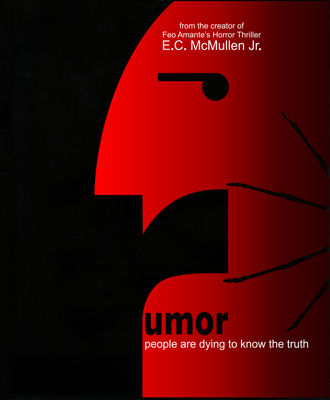 |
 |
Review by E.C.McMullen Jr. |
|
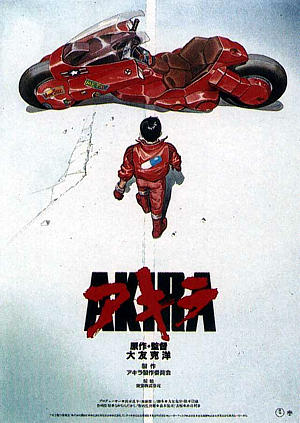
AKIRA- 1988USA Release: Dec. 28, 1989 Akira Commitee / Kodansha / Pioneer Rated: USA: R |
|||
"I'm not paid to believe or not believe, but to act or not act."
While there will always be witless comparisons of AKIRA to the earlier (1981) HEAVY METAL animated movie, they're weightless opinions. AKIRA owes more to the inspired storytelling of pre-1984 HEAVY METAL Magazine, than anything that came after. The magazine was far better than the movie and, though the movie was good, it was also dumbed down in an effort to wholly disenfranchise the fans of the magazine and turn away everyone else (Orders by Columbia Pictures. After a few of these befuddled noggin scratchers, Columbia sunk under the weight of its own stupidity and was bought out by Sony).
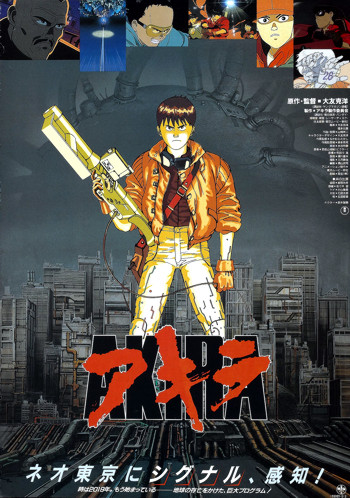 AKIRA has all the violence, blooshed, brutality, and even nudity of the originalHEAVY METAL. It also has something far better than either HEAVY METAL
movie ever had, an intelligent story line. Written and Directed by Katsuhiro
Ôtomo, creator of the original manga comic, this film is as close
to the creator's vision as any film is gonna get. It is never pandering
(though sometimes preachy, I'll get to that in a moment) and never reaches for the lowest denominator.
AKIRA has all the violence, blooshed, brutality, and even nudity of the originalHEAVY METAL. It also has something far better than either HEAVY METAL
movie ever had, an intelligent story line. Written and Directed by Katsuhiro
Ôtomo, creator of the original manga comic, this film is as close
to the creator's vision as any film is gonna get. It is never pandering
(though sometimes preachy, I'll get to that in a moment) and never reaches for the lowest denominator.
The movie begins with a powerful explosion in the heart of Tokyo, wiping out the city.
That's how it starts!
Then we jump forward 31 years. Tokyo has been rebuilt into an even better, brighter city, Neo Tokyo. Most people live well unless they have destructive addictions. Good jobs are easy to get and the embrace of Capitalism fuels the growth of the economy and people alike.
Of course, if you are still in school then you rebel against such trappings as par for the course. Enter Kaneda's juvenile bike gang, who engage other juvenile bike gangs in deadly cruel sport. A minor member of Kaneda's gang, Tetsuo, is admiring Kaneda's hot red motorcycle when Kaneda (Mitsuo Iwata: PAPRIKA) says, "If you like it so much, then steal one for yourself like I did!"
Then it's off to the turf wars and bloodshed.
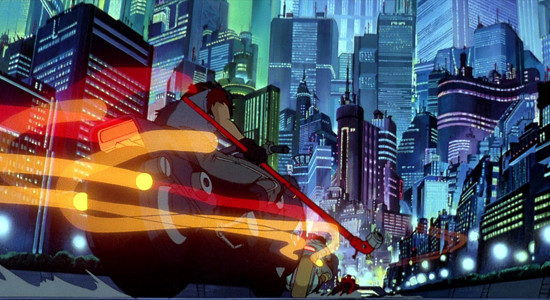
Meanwhile, in another part of the city, amidst explosions and people screaming, a man runs away with a child. The police, or military, or perhaps military police chase him down and, after an exchange of gunfire, kill the adult. As the man dies he tells the child to run. Only then do we see the child's face - that of a withered old man.
During the gang fight, meanwhile, Tetsuo is fighting like he has something to prove. In a battle with another gang member, all at high speed on motorcycle, Tetsuo wipes out as he nearly hits the shriveled child.
Not "A" shriveled child, but "THE" shriveled child.
The rest of Kaneda's gang catches up, but no sooner do they see the child than they are surrounded by helicopters and faceless armed soldiers forcing them to the ground. The soldiers and helicopters take the child. Tetsuo, who is severely injured, is taken away in an ambulance.
For a long time after, Kaneda's gang has no idea what became of Tetsuo.
The reason behind Tetsuo's disappearance, as it turns out, is that the government has discovered something uniquely special about him. Though the destruction of old Tokyo is mentioned often in Neo-Tokyo, no one seems to be quite sure who started World War III, the war that destroyed Tokyo.
There is talk going around among an underground group of terrorists. Talk of "Akida". But even the ones who claim to know the most about it, in fact know next to nothing outside of the name. Something is being kept secret by the state and that secret has a name: AKIRA (pronounced Ah-kee-DA).
There are a handful of people who do know what AKIRA is, what it is capable of, and why it must be contained. The weakest link of the movie is the concept that a military or police state is ideal; science is weak and inadequate and must be reigned in by a self-appointed crony government of moral superiors who know what's best for everyone, and a government elected by the people is worthless. AKIRA stumbles often on its politics (several scenes contradict the movie's logic) and succeeds wonderfully when it stays focused on gang leader Kaneda, the wounded Tetsuo, the withered children, and the underground terrorists - whose bucktoothed leader (Hiroshi Ôtake) is named Nezu (Rat).
Kaneda is a violent jerk to outsiders and a good heart in the way he cares for his friends. He's the definition of a bigot.
When he first sees the rebellious terrorist Kei (Mami Koyama: METROPOLIS [2001], APPLESEED), his only interest in her is hormones. Kaneda soon finds out that Kei's life is brutal, her beliefs harsh, and that she is probably far stronger a person than he. Kaneda isn't sure that her politics are worthwhile, but he is confronted with the fact that, right or wrong and unlike him, she has a value system, something to believe in, and she is willing to fight and die for her beliefs. Kaneda and his friends have nothing but the next day.
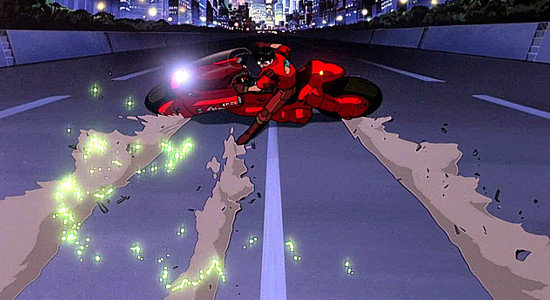
The two are soon forced into alignment when it is discovered that the same secret military government that Kei is fighting against is the one holding - and experimenting on - Tetsuo.
Kaneda is also forced to grow up.
The person he has always been, fighter and protector, now has a focus, the protection of his friend, Tetsuo. But Tetsuo is becoming a man and struggles to gain independence from under Kaneda's arm and prove his own worth, as well as freedom from his captors.
Thus a multi-level story plays out in hot super charged action.
On the negative side is simply the fact that the movie is too fast, which the manga certainly wasn't. Katsuhiro Ôtomo's original comic told the story of Neo-Tokyo first, over a group of 8 thick comic tomes, with tons of characters created as representatives of the city. Book to movie critique is neither here or there, but AKIRA definitely gets better on second and third viewings simply because character development, motivations, and their relationships are so poorly put together. We are nearly at the end of the movie before it all starts to make sense, and by then we are being carried away by the grand finale.
So AKIRA makes more sense when watching it a second and third time because we are aware of the character's relationships and why they are making their various efforts, often in behalf of each other.
Anime, like Manga, often froths over with pithy morals, lengthy diatribes, and regular heavy handed doses of lecturing. These often occur while a character is just standing there, either looking at us or staring at the sky. Then his or her thoughts dreamily come into the picture while they talk. This method of exposition is so overused in Anime and becomes a serious drag after viewing one movie after the next. As such, Anime, while popular, is certainly not everyone's cup of tea.
AKIRA has its share of these lectures, but at least chooses to contain them within action and dialog instead of overly long set monologues, like most Americans probably saw for the first time in FINAL FANTASY.
The biggest problem I have with AKIRA is the cartoony voices they hired to use for the English translation. Anyone who has listened to the Japanese version of this and many other Anime, can attest to the non-squeeky adult sounding, realistic voices. For the 2001 translation and digital image and sound clean-up of AKIRA, characters like Kaneda are voiced by Johnny Yong Bosch, who is most noted for being Adam, the Black Mighty Morphin Power Ranger!
Still better, I guess, than the original English voice over - done by Cam Clarke, voice of the characters Leonardo, Rocksteady, and Mung of The Teenage Mutant Ninja Turtles TV series.
Initially released ten years after 1977's ATTACK OF THE KILLER TOMATOES, AKIRA has tons of fast exciting action and thrills and the Science Fantasy isn't too bad either. Finally, with the latest DVD version, the unusually superior animation can truly be appreciated. You will get really tired of the Doctor's cringing stupidity: but then, you're supposed to.
4 Shriek Girls




This review copyright 2003 E.C.McMullen Jr.

|
| GET COVERED | |
| YOU MIGHT ALSO ENJOY | |||
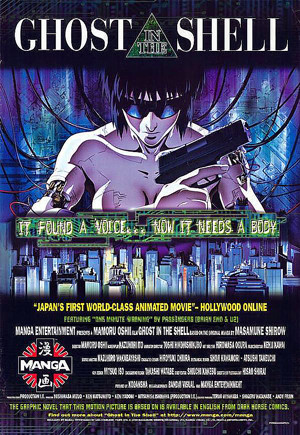 |
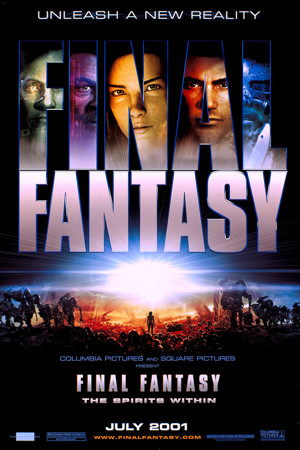 |
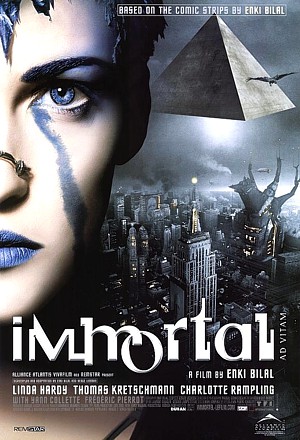 |
|
| GHOST IN THE SHELL MOVIE REVIEW |
FINAL FANTASY MOVIE REVIEW |
IMMORTAL MOVIE REVIEW |
|
FEO AMANTE'S HORROR THRILLERCreated by:E.C.McMullen Jr. FOLLOW ME @ |
| Amazon |
| ECMJr |
| Feo Blog |
| IMDb |
| Stage32 |
| X |
| YouTube |
| Zazzle Shop |

